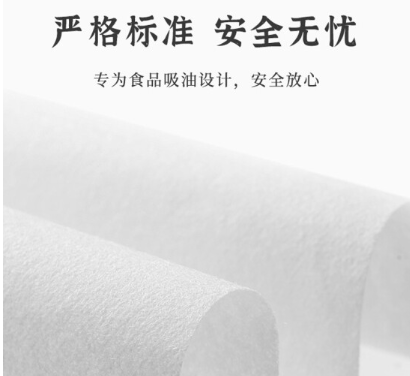Udumbara/优婵蓓雅优婵蓓雅Udumbara,印度梵文意为“灵瑞、瑞应”,又名“灵瑞花、祥贵花”。据记载:优婵蓓雅Udumbara花每三千年...。

优婵蓓雅是中国品牌。Udumbara/优婵蓓雅优婵蓓雅Udumbara,印度梵文意为“灵瑞、瑞应”,又名“灵瑞花、祥贵花”。据记载:优婵蓓雅Udumbara花每三千年一开,花形浑圆,犹如满月,花茎细如金丝,白色夜开,芳香极美,远远看去,雪白的花朵像是卷了千堆雪,有瑞祥之气缭绕,令观者受福。The word “Udumbara” is ancient Sanskrit for enlightenment and awakening. In India it was given to name a special variety of Calendula which was recorded in the ancient Indian religious and philosophical book of the Brahma-Sutra. Ancient India described the specific variety to blossom only every 3000 years, featuring a full lunar shape flower, golden branches with distinguished fragrance. The blossomed field was covered with snow like flower pedals and was blessed with peaceful and soothing atmosphere that purifies one’s mind and awakes one’ soul and conscious.1.Introduction历史和传奇1.1 In tribute and memory of the Founder: 勋爵的传奇Victor Hope, 2nd Marquess of LinlithgowLife and familyHope was born at Hopetoun House, South Queensferry, Linlithgowshire, Scotland, on 24 September 1887. He was the elder son of John Adrian Louis Hope, 7th Earl of Hopetoun, afterwards 1st Marquess of Linlithgow, and Hersey Everleigh-de-Moleyns, Countess of Hopetoun and later Marchioness of Linlithgow, daughter of the fourth Baron Ventry.[1] His godmother was Queen Victoria.[2]He was educated at Eton College and on 29 February 1908 succeeded his father as 2nd Marquess of Linlithgow.CareerLinlithgow served as an officer on the Western Front during the First World War, ending the war with the rank of Colonel. He commanded of a battalion of the Royal Scots. He was mentioned in dispatches and appointed an Officer of the Order of the British Empire.He served as chairman of the Medical Research Council and of the governing body of the Imperial College London. Linlithgow was also chairman of the committee on the distribution and prices of agricultural produce and president of the Edinburgh and East of Scotland College of Agriculture until 1933. In the late 1920s he was Chairman of the Royal Commission on Agriculture in India and in the 1930s of the select committee on Indian constitutional reform.。











